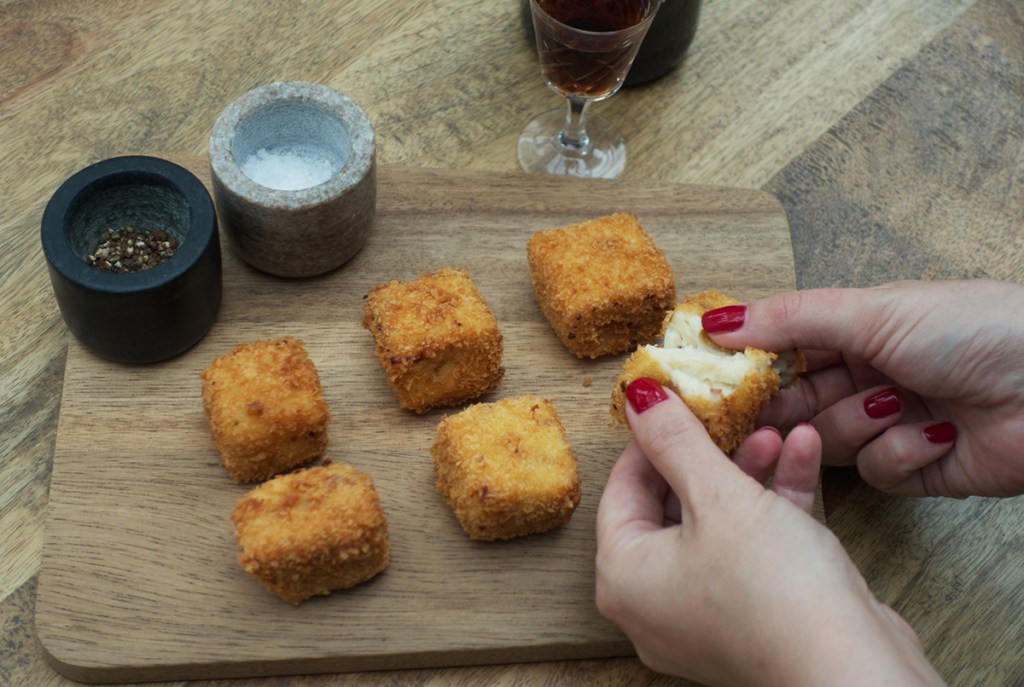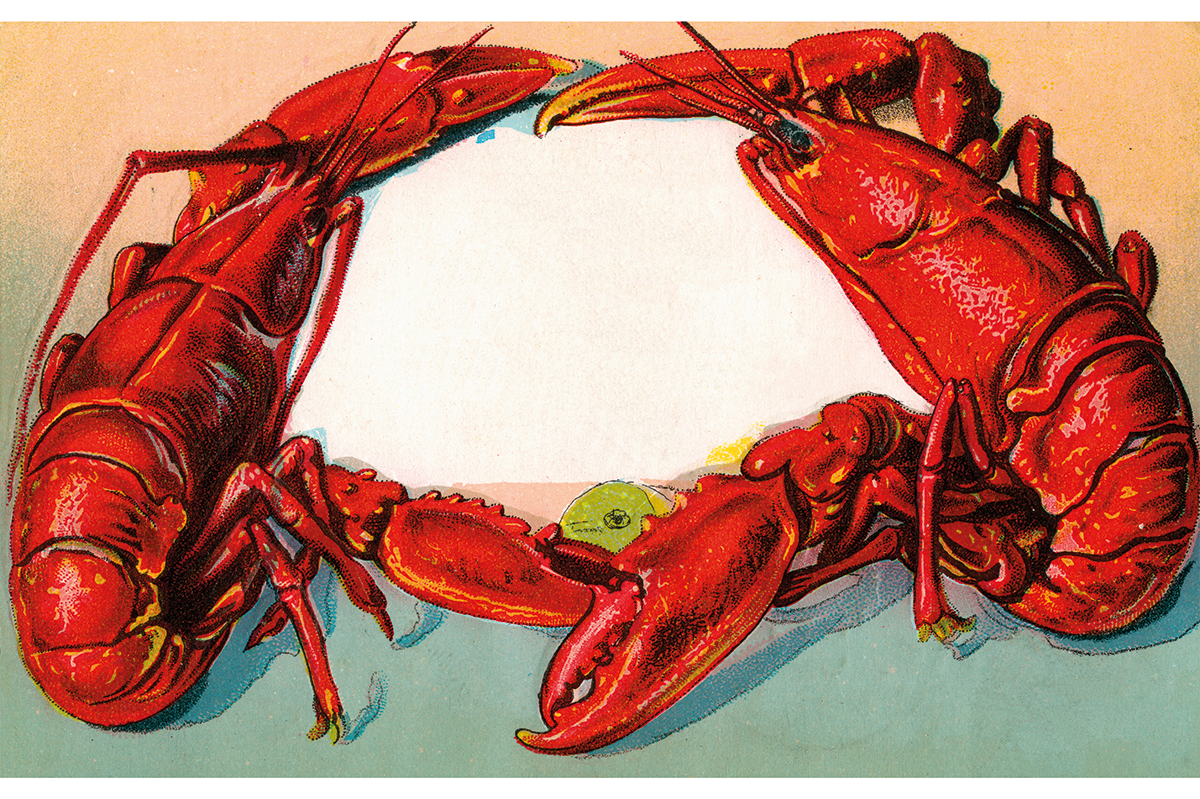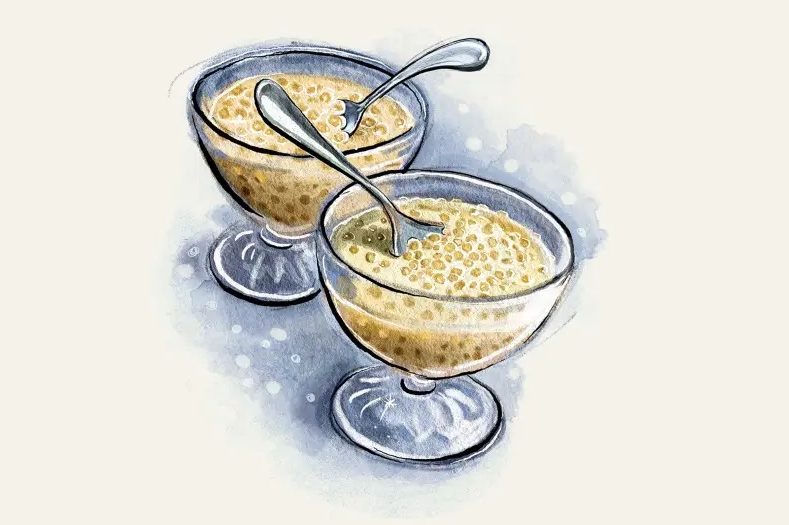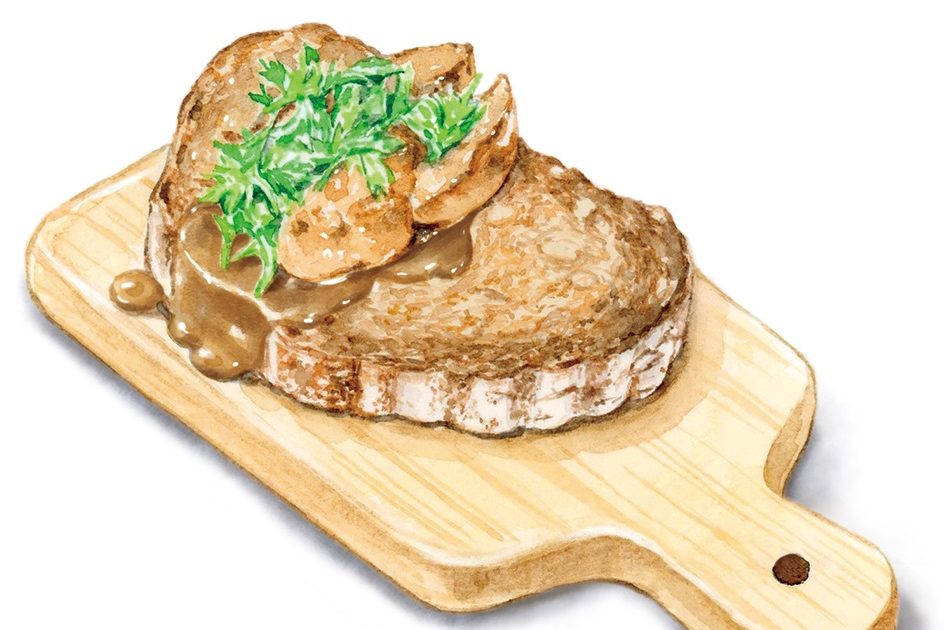Being deeply unchic and uncosmopolitan, for a long time I assumed that croquetas were the same as the croquettes of my childhood: potato-based, probably a bit bland and almost certainly coming from a bag that lives in the freezer. We’d often have them served with roast ham and cider sauce and green beans, as part of a main meal. To be fair to me and my culinary shortsightedness, the two bear strong similarities: both are breadcrumbed and fried or baked, soft within, and similarly shaped and sized. But, to my mind, croquetas are several levels above the French/English potato variant.
Of course, Spanish croquetas don’t contain potato at all. The filling is made from a thick, thick Béchamel sauce: a flour and butter roux cooked with milk to form a sauce. Folded through this thick sauce are little nuggets of something highly flavored. Sometimes shot through with cheese, they can be flavored with cured Spanish ham, salt fish, smoked fish or crab, chicken or mushrooms, but ham is probably the most famous (and my favorite). Smoky and sweet, salty and cheesy, creamy and gooey inside, crisp and crunchy outside. It ticks all my boxes. A staple of tapas restaurants, served hot alongside very cold sherry, perhaps dunked into something silky like a really good mayonnaise, it’s hard to think of a better start to an evening.
Spanish croquetas require Spanish ham. There are two principal types of cured Spanish ham: jamón Serrano and jamón Ibérico. Either will work here, bringing that distinctive sweet-salty, intense, almost nutty flavour. Ideally, you would use a chunk of ham cut up int small pieces — but if you can’t get hold of it, slices of cured Serrano or Ibérico ham will still work well.
Croquetas come in different shapes: little cylinders like their potato brethren, round like arancini, or elegant ellipses. But my preferred shape is a cube. The Béchamel mixture, if you’ve cooked it out sufficiently, should cool into a slightly jelly-ish solid form. I decant the still warm mixture into a lined loaf tin or a tupperware. Once the mixture is cooled it will have set and can be turned out and easily sliced into neat squares: no mess, no sticky hands, no falling apart. As the hot oil cooks the croqueta, the filling loosens and relaxes, so that when you break into it, it should ooze deliciously.
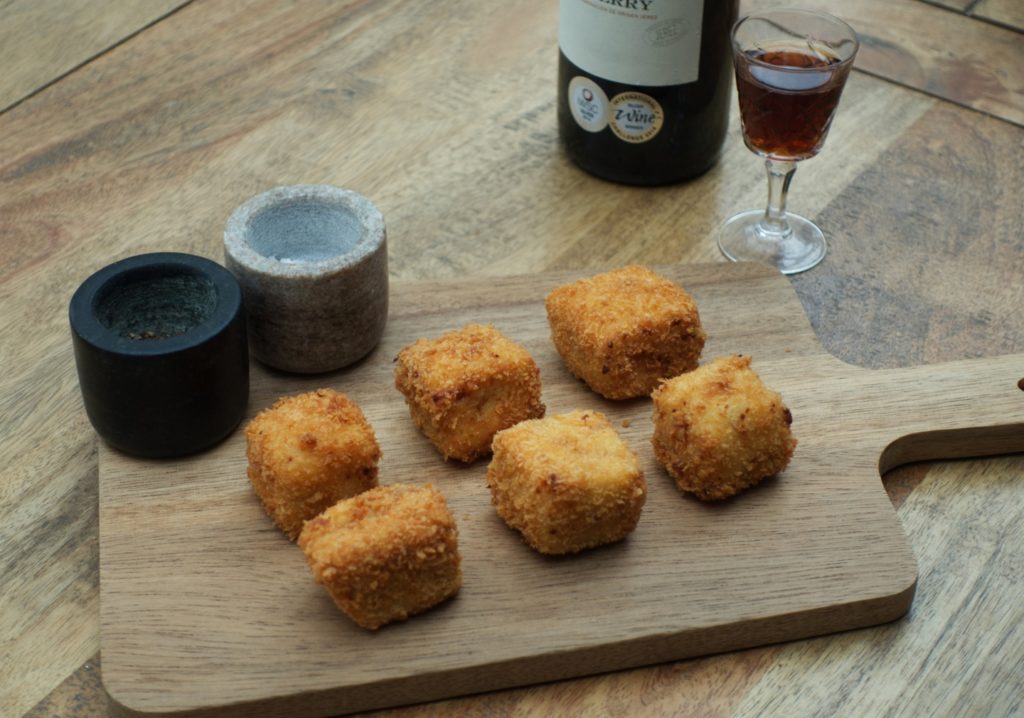
Jamón croquetas
Makes: 14 croquetas
Takes: 30 minutes, plus chilling
Bakes: No time at all
For the filling
1¾ oz butter
Croquetas come in different shapes: little cylinders like their potato brethren, round like arancini, or elegant ellipses.
2¾ oz cured spanish ham, finely diced or sliced
½ leek, finely sliced
2¾ oz plain flour
17 fl oz whole milk
1¾ ozg manchego, grated
For the coating
2¾ oz plain flour
2 eggs
2¾ oz Panko breadcrumbs
34 fl oz vegetable oil, for frying
- Melt the butter in a medium-sized pan over a low heat. Add the leek and ham, and cook until the leek has softened, but not colored, and the fat on the ham has melted
- Stir the flour into the butter, ham and leek, until it sizzles and begins to smell nutty. Add the milk, bit by bit, stirring it into the flour, until smooth. Once you’ve added all of the milk, continue cooking the mixture, stirring and scraping the bottom, until the sauce begins to thicken, then stir through the cheese. Keep cooking and stirring until the sauce becomes very, very thick — this will take about 15 minutes
- Line a two-pound loaf tin with clingfilm then decant the mixture into the loaf tin, and leave to cool; once it has reached room temperature transfer to the fridge
- Once the mixture is cold and film, use the saran wrap to turn the mixture out onto a chopping board. Then peel away the saran wrap. Slice the mixture into cubes about 1.5in wide and long
- Place the vegetable oil in a large pan, over a medium heat. Exercise caution when deep-frying, keep children and pets out of the way, don’t leave the oil unattended at any point, and never fill a pan more than half way up with oil. Bring up to 350°F, which should take 10-15 minute
- Crack the eggs into one dish, place the flour into another dish and the breadcrumbs into a third
- Using only your dominant hand (keep the other hand clean, trust me), dredge a cube through the flour, followed by the egg and, finally, the breadcrumbs — make sure at each stage it is thoroughly coated. Set the coated cubes on a tray, and repeat with the remaining balls
- When the oil is at temperature, fry the coated cubes in batches of 4-5, for four minutes, gently turning the balls using a heatproof slotted spoon, until they are golden brown. Remove from the oil, and place on kitchen paper to drain. Repeat with remaining croquetas, and serve hot
This article was originally published on Spectator Life.



